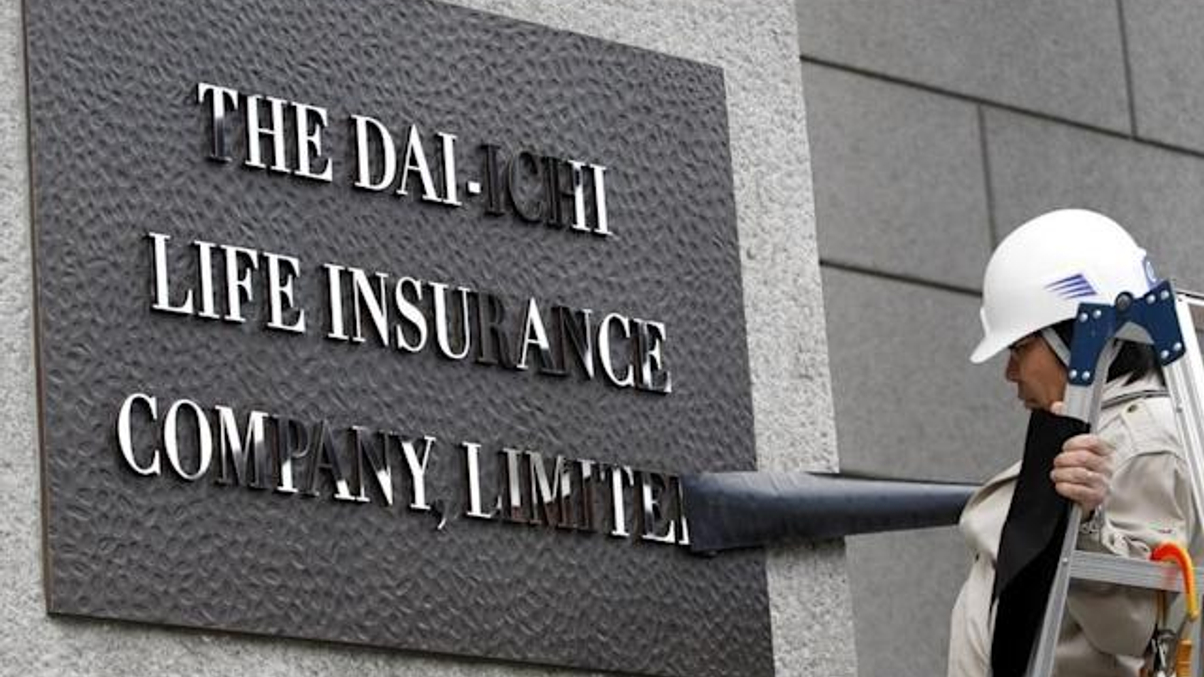Dai-ichi Life sees government bonds, private assets as biggest ESG headache
Being at the vanguard of Japan's ESG push isn't easy, especially if you've set ambitious targets that will double climate-friendly investment by 2023.

As a pioneer of environmental social and governance (ESG) investment in Japan, Dai-ichi Life has always set a high bar. But now with a three-year goal to integrate ESG into the entire portfolio, doubling ESG-themed investment to $12 billion by 2023, even the life insurer admits it's on a tight schedule.
Sign in to read on!
Registered users get 2 free articles in 30 days.
Subscribers have full unlimited access to AsianInvestor
Not signed up? New users get 2 free articles per month, plus a 7-day unlimited free trial.
¬ Haymarket Media Limited. All rights reserved.


